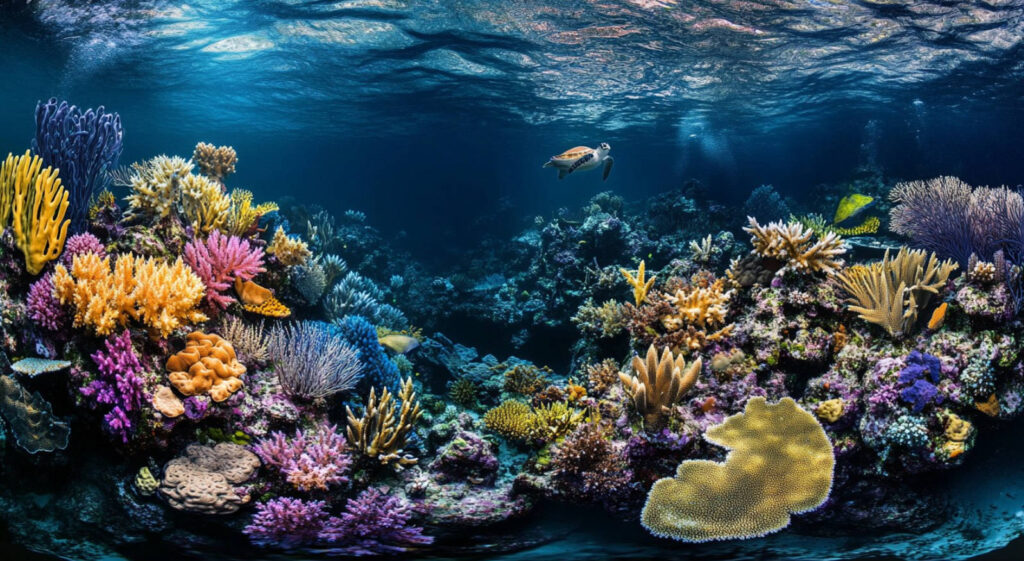The Great Barrier Reef, the largest coral reef system on Earth, is a treasure trove of underwater wonders and a must-visit destination for marine enthusiasts. Spanning over 2,300 kilometers along Australia’s northeastern coastline, this UNESCO World Heritage Site is renowned for its vibrant marine biodiversity, colorful coral formations, and breathtaking underwater landscapes.
The Unmatched Beauty of the Great Barrier Reef
The Great Barrier Reef is home to more than 2,900 individual reefs and over 900 islands, making it a paradise for snorkelers, divers, and nature lovers. Its crystal-clear waters provide unparalleled visibility, allowing visitors to immerse themselves in a kaleidoscope of colors and marine life. From the intricate coral gardens to schools of tropical fish darting among the reefs, every corner of the Great Barrier Reef reveals a mesmerizing spectacle.
One of the most iconic attractions is the Heart Reef, a naturally heart-shaped coral formation. Visible from the air, this romantic and unique landmark showcases the reef’s stunning natural artistry.
Marine Life: A Living Laboratory of Biodiversity
The Great Barrier Reef is a haven for countless marine species. It is home to over 1,500 species of fish, 400 types of coral, and a variety of marine mammals, including dolphins and dugongs. The reef also serves as a nesting ground for sea turtles, with green and loggerhead turtles frequently spotted during nesting season.
Visitors may encounter majestic manta rays, playful clownfish (famous from Finding Nemo), and even harmless reef sharks. The reef’s ecosystem is a delicate balance, supporting not only marine life but also the livelihoods of local communities who depend on sustainable tourism and fishing.

Popular Activities to Explore the Reef
The Great Barrier Reef offers an array of activities that cater to all adventure levels. Snorkeling is ideal for beginners, providing a glimpse into the shallow coral gardens teeming with vibrant marine life. Certified divers can explore deeper sites, such as the Cod Hole, where large potato cod fish reside.
For those seeking a bird’s-eye view, scenic helicopter rides offer breathtaking panoramas of the reef’s expanse. Glass-bottom boat tours are another great option for families, allowing close-up views of the underwater world without getting wet.
When to Visit the Great Barrier Reef
The best time to visit the reef is during the dry season, which runs from May to October. During this period, the weather is calm, and water visibility is at its peak, making it perfect for underwater activities. The wet season, from November to April, brings warmer waters and the chance to witness coral spawning, a fascinating natural phenomenon where corals release eggs and sperm into the water simultaneously.
Conservation Efforts to Protect the Reef
The Great Barrier Reef faces significant threats, including coral bleaching, pollution, and climate change. Australian authorities, in collaboration with global organizations, have implemented conservation programs to mitigate these risks. Travelers can support these efforts by choosing eco-certified tour operators and avoiding actions that harm the reef, such as touching corals or littering.
Promoting sustainable practices ensures that the reef’s vibrant ecosystem can be preserved for future generations. Responsible tourism plays a crucial role in protecting this natural wonder while allowing visitors to appreciate its beauty.
